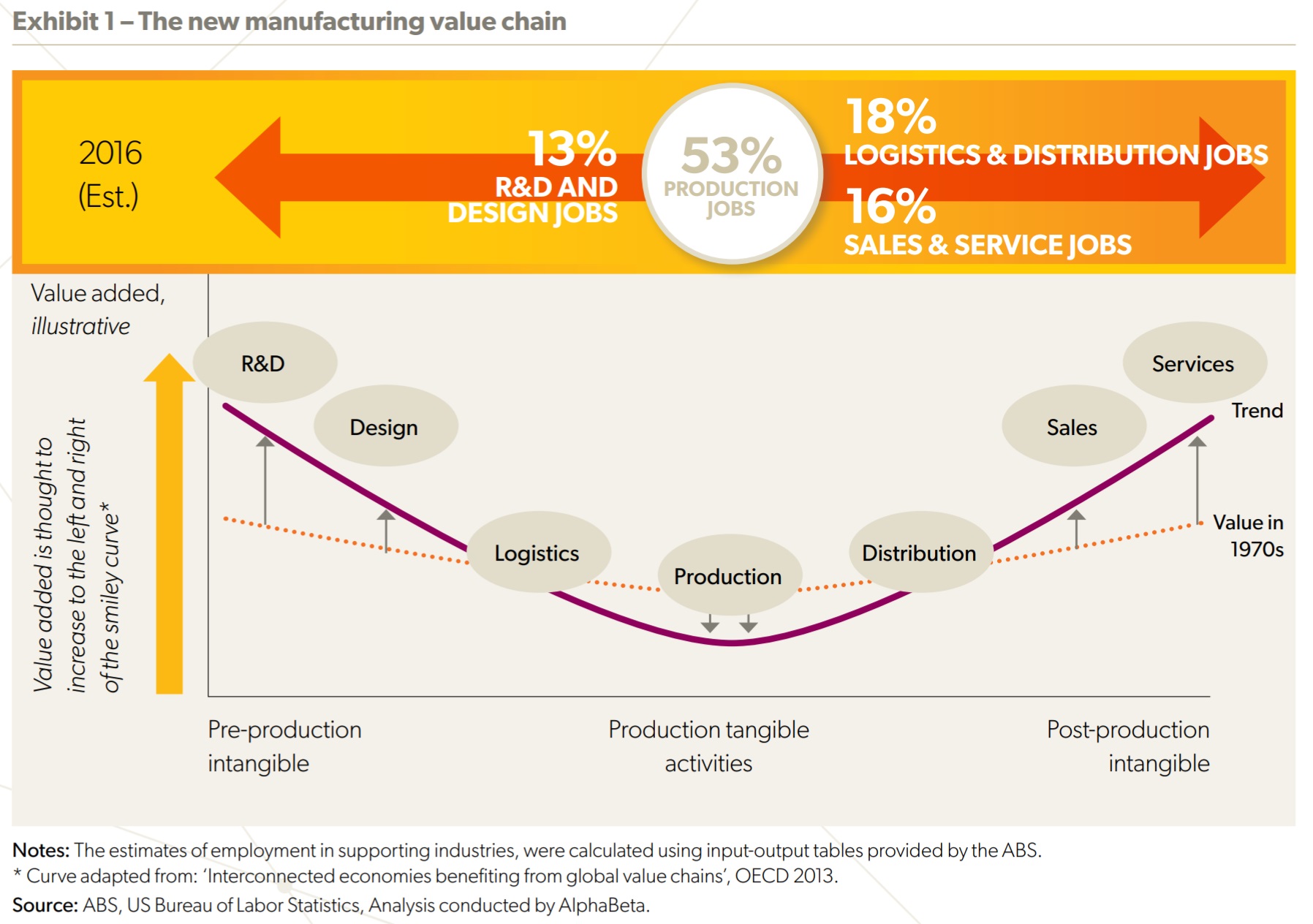
The cornerstone of the Federal Budget’s $1.5 million investment in manufacturing is the $1.3 billion Modern Manufacturing Initiative, which aims to drive lasting change for Australian manufacturers by helping them to scale-up, collaborate and commercialise.
The Advanced Manufacturing Growth Centre (AMGC) is among the recipients of the $1.5 billion dedicated to the Modern Manufacturing Strategy in the 2020-21 Federal Budget. The budget allocates $30 million dollars for the industry-led not-for-profit, which will also use its funds to drive collaborative projects.
“Projects will be new, be of up to 18 months duration, and must include several collaborative partners from industry and research organisations. Government funding will be matched dollar for dollar by participants, so it will become quite powerful,” said Dr Jens Goennemann, Managing Director of the AMGC.
“We won’t just be handing out a grant; we’ll be working through each project in milestones. We’ll check whether the milestone goals have been achieved before we give money for the next milestone. That means that with relatively little money, we can create a very, very big impact.”
The AMGC’s allocation is part of the Budget’s remaining $200 million, which also includes: $20 million to be shared among four of the six Industry Growth Centres to bring the funding timeframes, of end June 2022, in line with the remaining Growth Centres to a minimum of end June 2022; a $107.2 million Supply Chain Resilience Initiative to support projects that address a supply chain vulnerability identified by the COVID-19 crisis; and a $52.8 million expansion of the Manufacturing Modernisation Fund to address the competitiveness of individual manufacturers in Australia’s priority sectors. The priority sectors are of resources technology and critical minerals processing, food and beverage, medical products, recycling and clean energy, defence, and space.
Dr Goennemann praised the Budget’s manufacturing focus and anticipates it will help to alleviate what he believes many Australian companies lack: the ability to scale.
“The landscape in Australian manufacturing is that we have about 47,000 manufacturers, and 95 per cent of them employ less than 20 people. So, what we do not lack in Australia is ingenuity, what we lack is scale. Scale means having the capability to work on your business, not only in the business. So that is what we need to do, we need to help companies to scale,” he said.
“The 2020-21 budget is a vote of confidence for manufacturing from the Federal Government and underscores the important role the industry will play as we transition from a lucky country to a smart country.”
“Part of that transition is evolving the historical Australian view that manufacturing is production. Manufacturing is not a sector – it’s a capability, and production is just one of just seven steps in the manufacturing process,” said Dr Goennemann, referencing the AMGC’s ‘Smiley Curve’ which breaks down the manufacturing value chain and highlights its opportunities.

In the Smiley Curve there are three steps before production (Research and Development, Design, Logistics) and three steps after (Distribution, Sales, Services).
“These steps are the higher value adding elements of manufacturing. These are highly sophisticated roles in which you have roles like research development, design, logistics, and production distribution, sales and services. These are all roles in the manufacturing value chain, and this is where we need to focus. We need to move up and down the Smiley Curve. We need to get more people working in the highly skilled and higher paying jobs before and after production.”
The AMGC was founded in 2015 and has approximately 2,300 members. Established through the Australian Government’s Industry Growth Centres Initiative, its vision is to transform Australian manufacturing into an internationally competitive, dynamic and thriving industry with advanced capabilities and skills at its core.
AMGC co-funded manufacturing projects are expected to deliver over 2,100 new jobs and contribute more than $900 million to the economy in the coming years, from the organisation’s initial funding pool of $19.6 million ($48million industry and in-kind).
AMGC’s research indicates the true impact of manufacturing is significantly larger than that captured by the Australian Bureau of Statistics, where data suggests 6 per cent of Australia’s economy is derived from manufacturing, employing 900,000 Australians. By AMGC’s calculations, the true impact across the manufacturing ‘Smiley Curve’ is closer to 1.3 million local jobs and 10 per cent of the Australian economy.


















